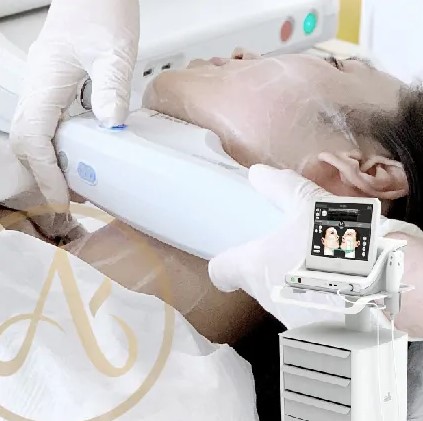Photorejuvenation Treatment – What Are The Side Effects?
Photorejuvenation is a non-ablative facial treatment for photoaging damages such as wrinkles, pigmentation, skin tone and pole size. People who are new to medical beauty would receive photorejuvenation as their first ever medical beauty treatment because of its effectiveness and safety. Despite the fast and effective results, what are the side effects of the treatment you need to know?
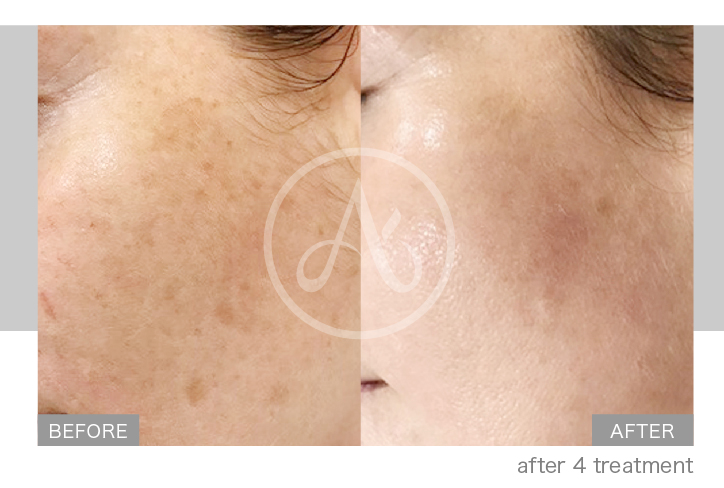
Photorejuvenation uses intense-pulsed light to reach and treat deep skin layer. The intense-pulsed light will be employed on the targeted area and penetrate deep within skin to break up pigmentation, heal broken capillaries, stimulate remodeling of collagen fibres and elastic fibres in the dermis layer. This results in blemishes removal, skin elasticity restoration, younger appearance, smoother skin, evener skin tone, skin whitening, wrinkle reduction, etc.
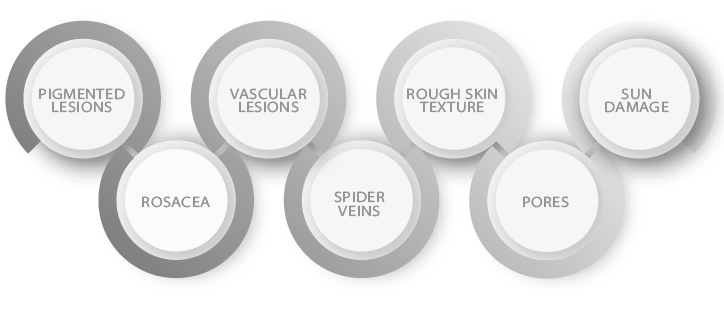
Although photorejuvenation is an entry-level treatment with relatively low safety concern, we should not overlook its possible side effects.
- Skin burns: If the energy levels used at the photorejuvenation operation are too high, it will burn and scald the skin, in worst-case scenario, wound infection and disfigurement may occur. Using non-genuine instruments or operating by untrained/unprofessional personnel will increase the chances of these unfortunate events.
- Skin redness and swelling: Our skins will become extremely sensitive after a photorejuvenation treatment because the heat generated from intense-pulsed light evaporates water in the skin and causes a temporary instability of the skin barrier. This may result in itching, swelling and peeling of skin. However, everyone’s skin reacts differently, generally, darker skin tends to develop a redder skin. Usually, the beauty clinic will provide you with a complete after-treatment guideline, you are recommended to follow it thoroughly and drink plenty of water as they will help you through the recovery process and reduce the redness.
- Scarring: Different from picosecond laser treatment, photorejuvenation treatment does not cause scab formation or wound formation normally. However, when photorejuvenation is used to treat vascular conditions like red birthmarks and red acne scars, scarring may occur. The scarring is similar to the scarring from an acne outbreak. By following the doctor’s instructions and guidelines, most people recover from the scarring after one week.
- Pigmentation: Pigmentation is a common risk of laser treatment with the incident rate of 2% to 5% which is considerably low. Incorrect use of photorejuvenation treatment may cause irreversible damage to skin cells, and the skin cannot repair and protect itself. It will not only fail to achieve the skin whitening and rejuvenating purposes, but will also lead to deposition of melanin, uneven skin tone and worsen spots. Patients with these severe side effects may require medication or other medical beauty treatments to recover. Therefore, it is critical to use a legit and genuine photorejuvenation instrument.
- Damage to epidermis: The energy levels emitted from a genuine photorejuvenation instrument are precisely calculated and stable; it will only pass through the surface of skin and reach the deep layer of skin where it is targeted. However, illegit photorejuvenation instruments may cause accumulation of heat energy in the skin which will damage epidermis and other skin layers. A damaged epidermis will lose its protection function towards the skin and accelerate loss of water and nutrients causing skin instability and the aging process.
- Post-treatment rebound: There is a possibility of experiencing post-treatment rebound or even developing worsen pigmentation from photorejuvenation. It is important to use genuine instruments and follow post-treatment guidelines. Inaccurate energy settings (too high or too low) are not ideal for removing pigment. Also, avoiding unprotected sun exposure and drinking plenty of water after treatment are playing an important role of showing promising final treatment results.
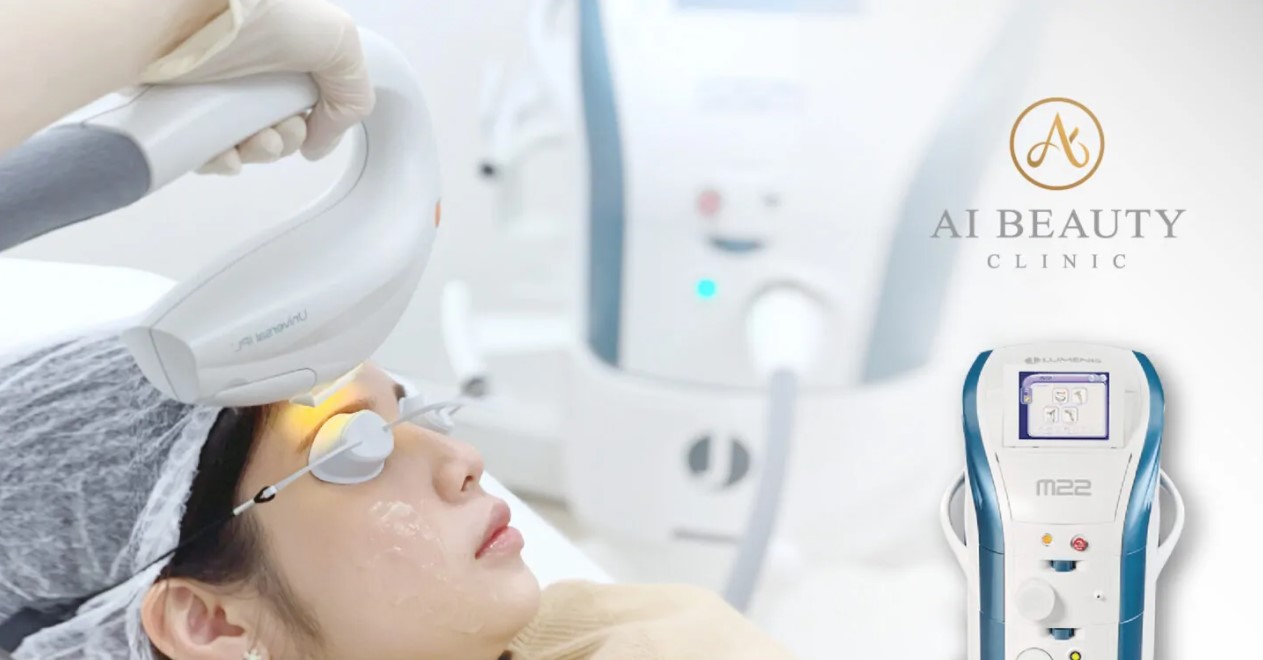
Moreover, we have received several concerns about whether the light energy (photon) will make our skin thin. The answer is no. Our skin is constantly metabolised like the bark of a tree. Heat energy from regulated instruments will not damage our skin, it will only do good to it, stimulate collagen regeneration, and hence strengthen our skin.
-AI BEAUTY CLINIC-
Maybe the treatments you are interested in are:
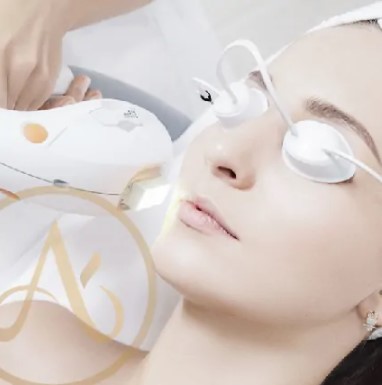
M22
Intense Pulsed Light (abbreviated IPL) describes the use of intense pulses of non-coherent light distributed over a range of wavelengths; from 400nm to 1200nm. The technology utilizes specific wavelength ranges to target various chromophores in the skin. This enables effective treatment of a broad spectrum of conditions, including vascular and pigmented lesions, skin photoaging treatments.

PicoSure
PicoSure® is the world’s first and only picosecond aesthetic laser cleared by the FDA in Europe and the United States, CFDA in China. It is a treatment that can remove tattoos and pigmentation effectively and safely. This is unprecedented treatment is popular in Europe and the United States. From then on, the global medical aesthetics market has entered a new page off picosecond therapy.

